To Till or Not To Till?


“We’re going to give them some apples. We’re going to give them a little treat,” Beverly Blackwell Bowen jokes as she strides across a gently sloping green field toward her herd of Black Angus cows. She holds a bucket of apples she picked from trees on the other side of Blackwell’s Farm.
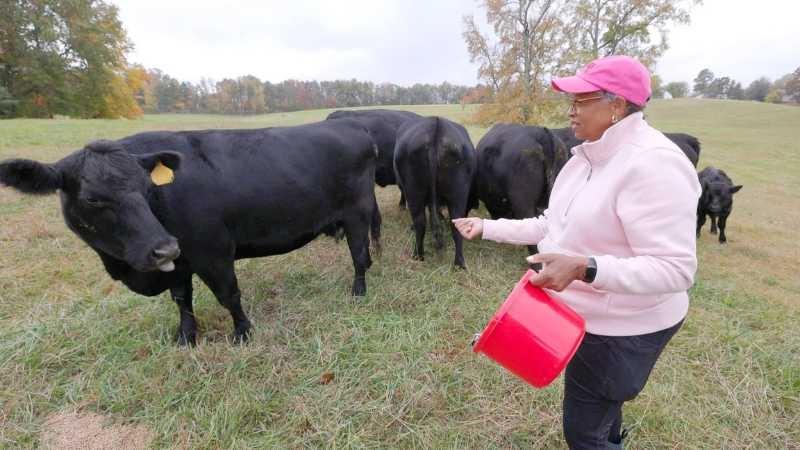
Beverly Blackwell Bowen and her brother Seth Blackwell are multigenerational farmers who grew up on the farm they now tend together in Reidsville, North Carolina.
"We spent time in corporate America, the both of us, and we returned to the family farm as a passion. And basically, looking back, it was in our family DNA,” Beverly explains.
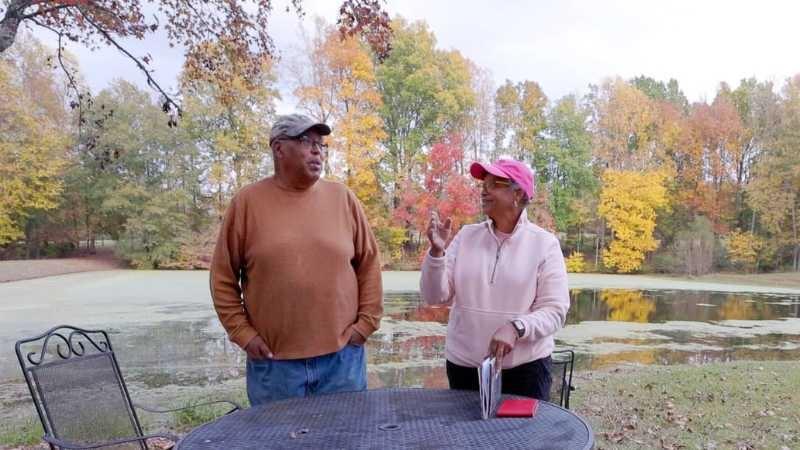
They raise beef cattle and grow seasonal vegetables like turnips and daikon radishes. But even though they grew up on this farm, a lot of things have changed since they were children.
“It’s a totally different picture. It’s a different scenario. It’s a different process when it comes to farming.”
Beverly remembers her father riding the fence line after storms to look for downed trees, but she remarks on the severity of storms in recent years, sharing that the farm suffered storm damage in 2016, 2018 and 2019. Now she always carries a chainsaw on her ATV when she rides the fence line to trim back any trees brought down by wind and rain.
“It used to be we would get days of rain. Now it’s kind of like a downpour,” she said. “It comes all within a limited time period. We didn’t experience those extremes. We did have drought times, you know, growing up where things had to be watered through irrigation. But today, it’s an ongoing pattern.”
Climate is changing across the globe, and researchers are seeing weather patterns shifting in ways that have already started to affect farmers like Beverly and Seth.
Alex Woodley, assistant professor of Crop and Soil Sciences at North Carolina State University, explains, “Climate change is going to affect growers in very different ways, depending where you are in the United States. Here in North Carolina, we have some predictions on what’s going to happen. We’re going to see maybe annually the same amount of rainfall, but it will be distributed very differently.”
“It’s also predicted that droughts are going to be much more common, much more intense and last for a longer duration,” Cara Mathers expanded. Cara completed her Ph.D. research in Alex’s lab and now works for the agricultural technology company Indigo Ag.
“When precipitation does happen, you want to ensure that it gets into the ground.”
And it turns out, how much you disturb the soil can impact how much water penetrates the surface.
Plowing or tilling has been a part of farming for thousands of years. Tilling, or turning over, the top layer of soil is used to prepare it to receive seeds or plants. In the spring, it warms the soil. If your soil is too wet, it dries it out. Is the land you want to plant full of weeds? Tilling can help knock down that weed pressure. But not all the impacts of tilling are beneficial.

“There are advantages of tilling in terms of seedbed preparation, but the tradeoff is you’ve broken up the soil, all the aggregates, all the soil structure is damaged, you’re losing organic matter, and then the soil becomes less productive over time,” Alex Woodley explains.
We meet up with Alex and Cara at the Upper Piedmont Research Station located around 15 miles from Blackwell’s Farm. One of the fields at the station has been part of a NC State research study since 1984. The study was started by Paul Denton and Michael Wagger in an effort to better understand how conservation tillage (which minimally disturbs the soil) could potentially prevent erosion of agricultural soils in the Piedmont.
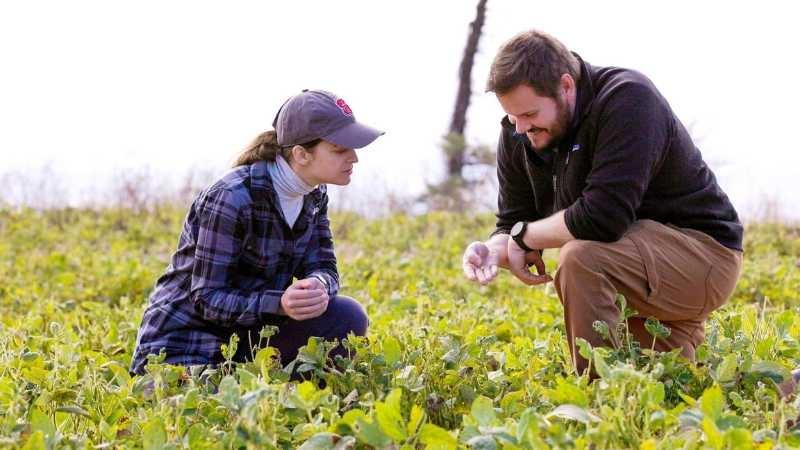
The field is divided into experimental plots, and each plot has received the same tillage treatment year after year for almost four decades. The tillage treatments vary from high levels of disturbance with a moldboard plow, through medium disturbance with chisel plows and discs, to minimal disturbance with no-till implements. Corn and soy crops are rotated seasonally.
Standing in the middle of this field, it’s easy to see the impacts of almost 40 years of conventional versus conservation tillage. As Alex straddles a “ledge” between a no-till and heavily tilled plot, he points out the difference in ground elevation in the heavily disturbed plot that had been worked with a moldboard plow.

“We’ve lost half a foot of soil from erosion and soil organic matter being lost,” Alex illustrates. “It takes centuries to build up topsoil. So this is a permanent loss that won’t be fixed any time soon.”
Soil erosion isn’t the only impact researchers are seeing at the site. Crop yields from each plot have been recorded year after year, and during her Ph.D. research, Cara noticed a pattern.
“Across the board for all years. Conservation tillage and in particular no till had more consistent and higher yields in comparison to the conventionally tilled plots,” she said. “And in particular, we saw that we had higher yields in drier conditions. So we thought that potentially water could be the answer. Are these conservation tillage systems able to increase soil moisture content more so than our conventionally tilled systems?”
The secret might be something you’ve seen before: soil crust.
Soil crust forms on the ground’s surface after heavy rain hits exposed soil, which breaks up soil structure. The soil dries quickly into a hard layer, which seals the soil below it off from water infiltration and can prevent seed emergence. Most of the water that hits a field with soil crust runs right off the field without benefiting the plants.
Alex and Cara both remark that the only plots where they don’t see any evidence of surface crusting are the no-till or conservation tillage plots. The surface residue from the previous crop left behind by no-till practices may play a role in preventing crusting by creating protective armor for the soil below.
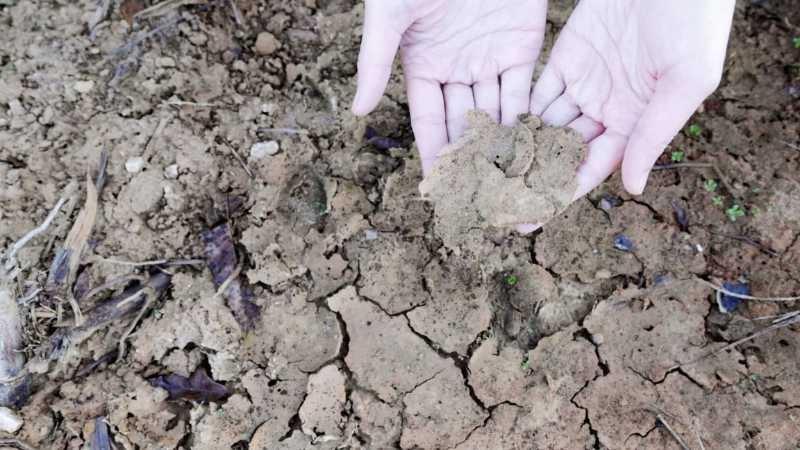

Alex points out that crusting at the research plot creates a very different living situation for the plants in the highly disturbed plots versus their less disturbed neighbors.
“At this field site where you have no till, where you have that nice soil structure that allows water to move in, versus a surface seal, these soybeans or corn are effectively having different precipitation regimes,” he explained. “So they’re kind of experiencing completely different conditions depending on your soil health.”
Disturbing soil allows for the breakdown of soil structures and that makes nutrients more accessible to microbes. This may not sound like a bad thing, but that aggregate structure holds on to nutrients like nitrogen, phosphorous and carbon, keeping it where plants can access it and preventing it from washing away. It also keeps microbes from digesting all the nutrients in the soil and off-gassing them as waste products like carbon dioxide.
At the research plot, Alex grabs a shovel and brings a scoop of soil each from a moldboard-plowed plot and a no-till plot to Cara, who compares them on a piece of white paper. Cara points out how the soil from the no-till plot had a granular structure and was darker because of higher amounts of soil organic carbon.

Even though they’ve been studying this site for a while, Alex is surprised at how different the colors appear: soil from the moldboard-plowed plot is a pale tan while the no-till soil is a rich chocolaty brown.
“38 years ago, this was all the same soil type. It was all one field,” he said. “And now after 38 years, it looks like you have fundamentally different soils. You can really change the direction of the soil type just with some simple management like no-till.”
Back on Blackwell’s Farm, Beverly remembers how they used to work the land when she was growing up.
“We were always taught you had to turn the land. You need to turn it 18 inches or so, you need to let it rest for the winter. I looked at the fields of where we were with our crops that we were planting, and I said, in order for this to work, with the extreme weather changes and the patterns that we are now confronted with, we’re going to have to go with a no till to limit it to process. We need to do less disturbance of the land.”
In 2019, Beverly and Seth invested in a no-till seeder with some funding from Rural Advancement Foundation International (RAFI), and now they use that implement to seed their pastures.
“What it does, it doesn’t disturb your natural grass. All it does is just punches a little hole there for the seed to fall into and to germinate,” Seth illustrates.
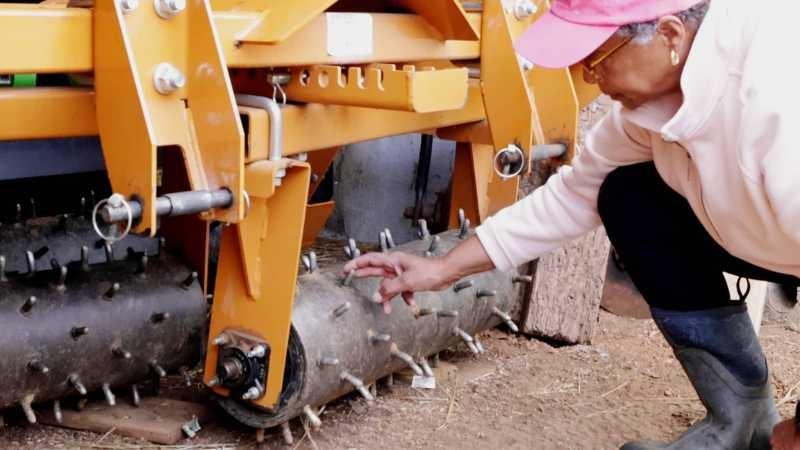
By investing in a no-till process, Beverly and Seth actually started saving money.
“As a farm, it’s all about efficiency, it’s all about profitability. And we were able to cut our costs as to the dollars that it took go into those fields,” Beverly explains. “We were able to build the soil quality. We were able to cut down on fertilizer cost. So we’ve been able to minimize cost as a result of going with regenerative agriculture.”
Soil organic carbon levels don’t just matter for crop productivity. A major culprit in our changing climate and warming global temperatures is the amount of carbon dioxide in the atmosphere. Carbon dioxide and other greenhouse gasses form a warming blanket around the planet. But that blanket has essentially gotten heavier and heavier as industrial processes release more gas by-products into the atmosphere, which means more heat is trapped.
Reducing the amount of carbon dioxide we put into the atmosphere can help slow the changes to our climate, and agricultural practices can play a role. One way to incentivize and support farmers switching to no-till agriculture is by creating a carbon market, where the carbon that farmers keep in their soil can be monetized and sold to other businesses to offset their carbon outputs.
“Carbon markets have been around for a while. I think the emphasis was a lot on forestry projects and agricultural carbon credits are, I would say, in their infancy still,” Cara explains. “At Indigo AG, our, our goal is to be able to support farmers to make these transitions into sustainable practices.… And now we’ve enrolled over 5 million acres. So each year we just continue to see growth and interest in agricultural carbon credits that are considered high quality.”
According to the U.S. Department of Agriculture, the percentage of land used for major cash crops like wheat, corn, soybeans and cotton that is being farmed using conservation or no-till methods has increased over the last two decades.
Beverly says it’s all about figuring out what’s going to work on your farm and not getting stuck in the way you used to do things. “It’s a matter of thinking outside of the box,” she muses.
“The large majority of our land is managed either in row crops or in pasture,” Alex says. “As a state in general, if we want to look at natural climate solutions, the vast acreage is managed land.”
“Across the US and across the globe have an incredible amount of acreage under row crop production,” Cara affirms. “And so if we’re able to increase just a little bit of carbon in all of those fields, cumulatively, we can have a large impact.”
Tilling soil has long been thought of as a necessary step in agricultural production. A long-term study by researchers at NC State, however, bolsters what farmers like Beverly Blackwell Bowen of Blackwell’s Farm are experiencing: conservation tillage allows for more resilient plants with higher yields than traditional tillage practices.

Sea-level rise and erosion directly impact North Carolina’s coastal communities, while extreme weather events bring the effects of climate change to communities across the state. Hear from North Carolinians who have responded to the challenges of climate change in new and innovative ways.
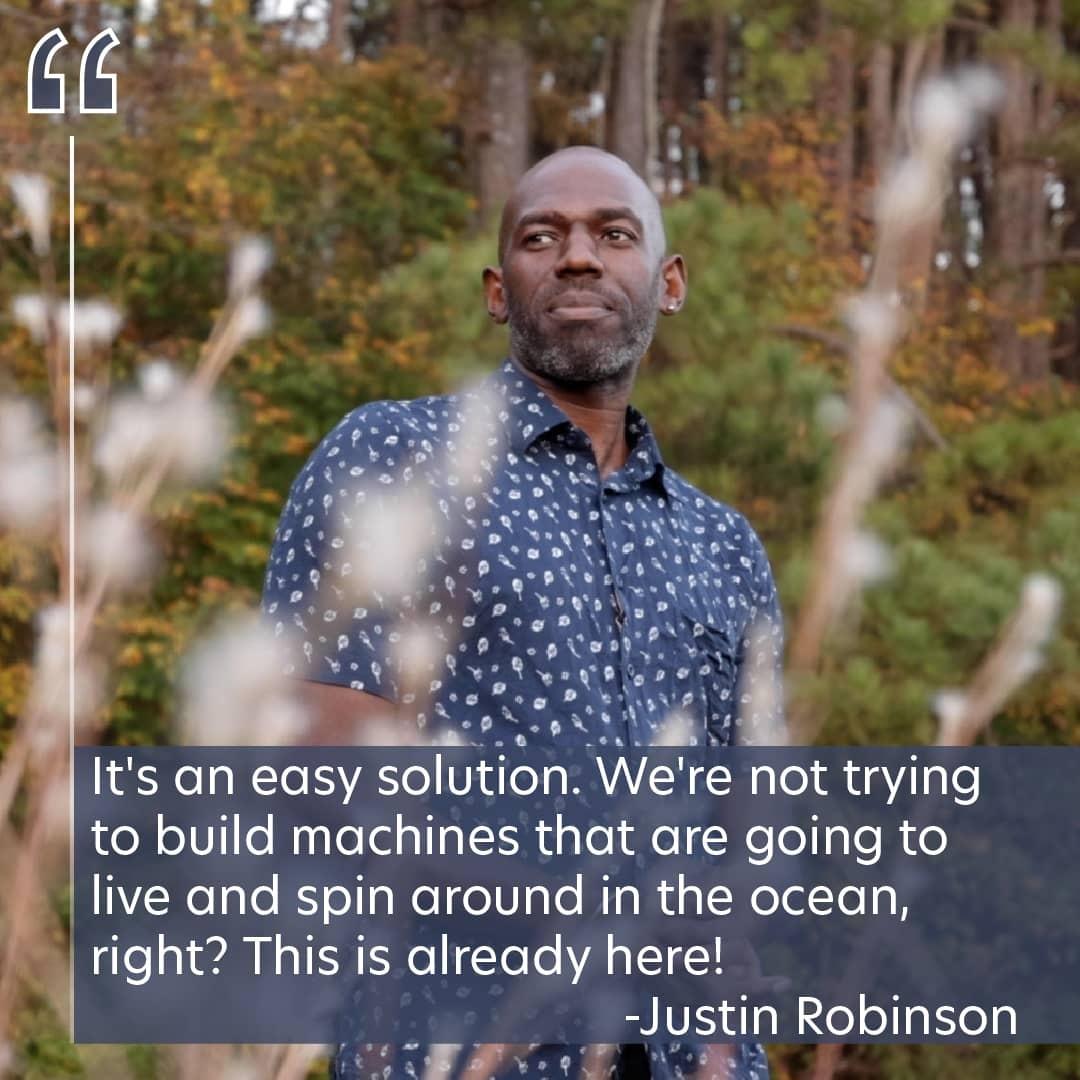
The low-maintenance plants of the Piedmont Prairie have a superpower: they store carbon deep underground.
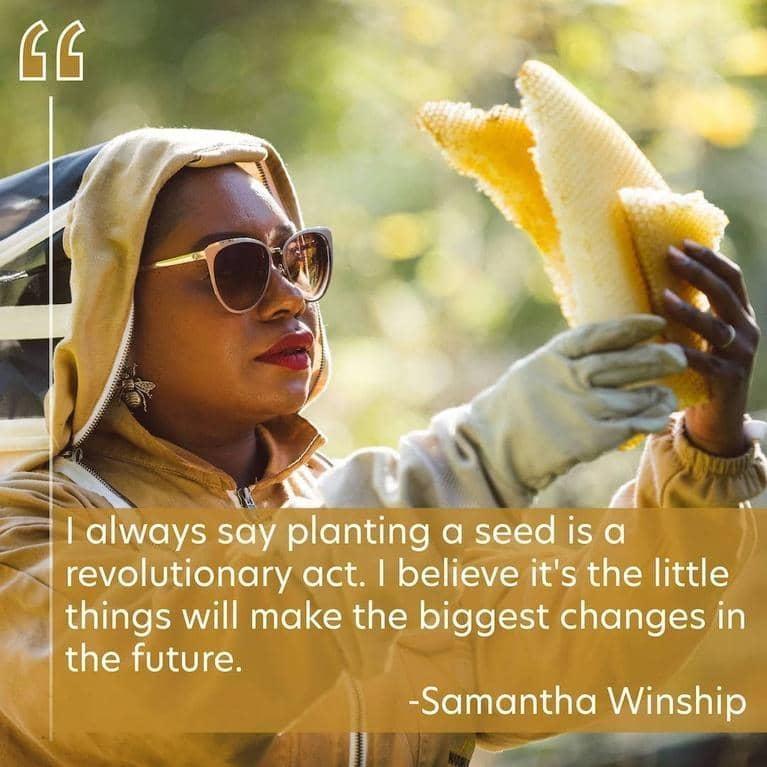
Farmers like Samantha Winship pay attention to shifting weather patterns. They know firsthand that the climate is changing.
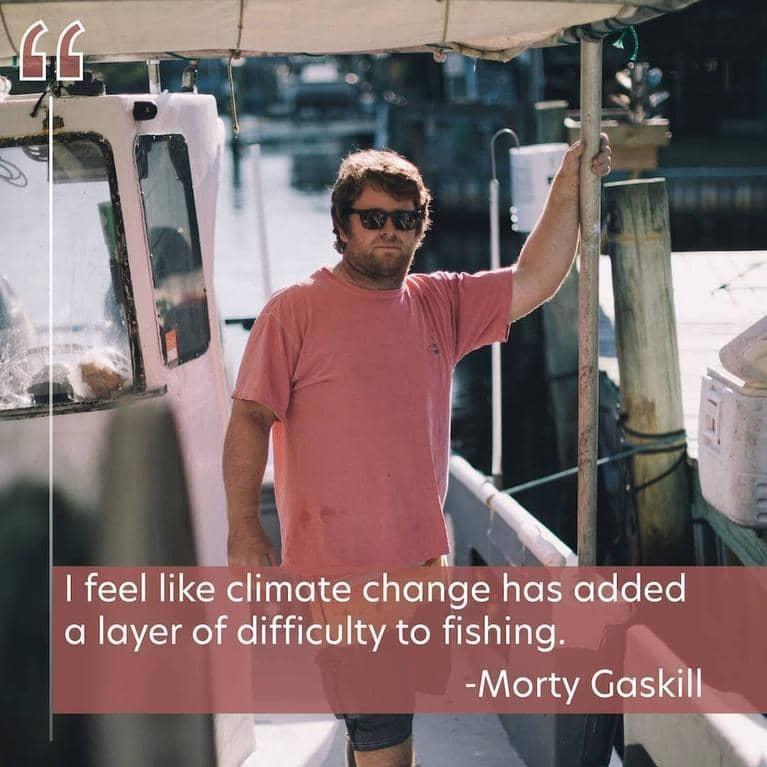
Warming waters present more change in diverse fisheries. Commercial fishers are adapting.
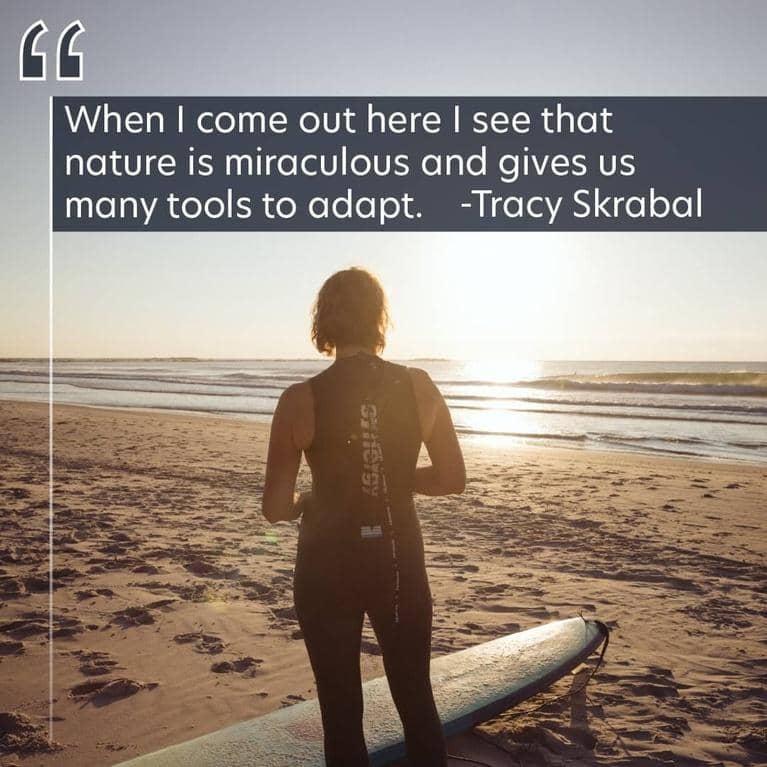
Coastal regions in the U.S. are some of the most densely populated areas in the country, and they are also the most vulnerable to sea level rise.
STREAM ANYTIME, ANYWHERE
